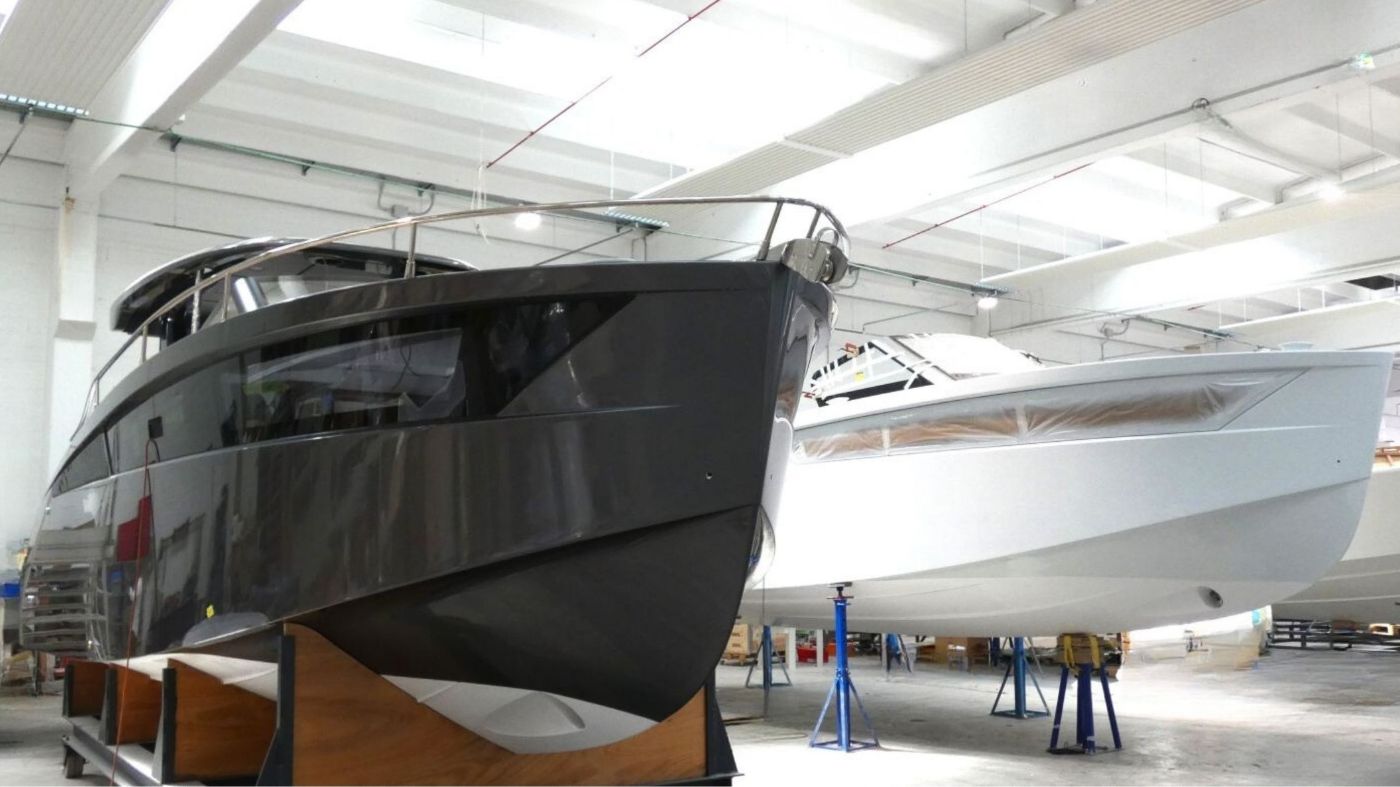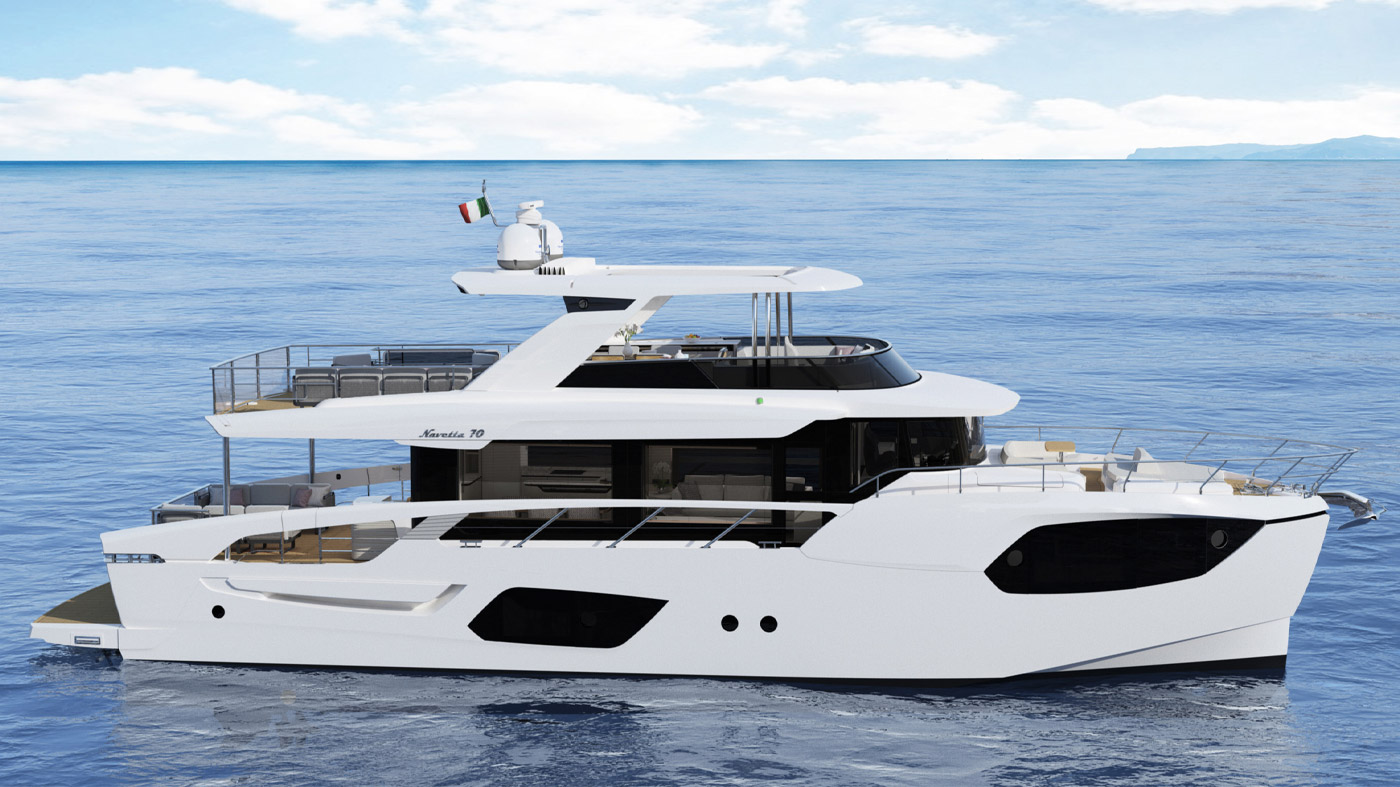E se sul più bello il motore ci molla sul più bello ? Alla tanto retorica domanda rispondiamo con la più ovvia delle affermazioni: governiamo a vela. Le possibilità di riuscita della manovra dipendono molto dalla nostra preparazione ed esperienza ossia da quante volte ci siamo preoccupati di allenarci a manovrare a vela ricavandone magari anche un po’ di piacere.
Considerando che ormai, nonostante il codice della navigazione non lo vieti espressamente, in quasi tutti i porti ci sono ordinanze che impediscono le manovre a vela, una buona occasione di allenamento è quella offerta da un ancoraggio a vela.
Il modo più classico e semplice è quello di dare fondo portandosi con la prua al vento. La manovra è piuttosto facile ma impone una certa precisione.
Una volta individuata l’area in cui vogliamo dare fondo, dobbiamo avvicinarci al punto con una andatura di bolina. Possiamo regolare la nostra velocità sventando una o entrambe le vele e ricordiamoci di manovrare sempre con un ampio margine di sicurezza che ci permetta di avere lo spazio per poggiare e andare via.
Quando ci troviamo sull’ultimo bordo, prima di andare con la prua al vento, avremo già istruito una persona che dal pozzetto si dovrà portare a prua per le operazioni di ancoraggio mentre in precedenza, la stessa persona, avrà già controllato e predisposto tutto per dare fondo.
Intanto, quando siamo certi di essere sul bordo giusto per andare al vento, possiamo rollare o ammainare il fiocco.
Questa manovra ha una duplice valenza: libera il triangolo di prua lasciando più spazio di azione e elimina i rischi rappresentati per il prodiere da una vela che sbatte al vento. Liberata la prua dal fiocco, il prodiere va velocemente all’ancora. Siamo di bolina e quindi possiamo ridurre lo sbandamento lascando un po’ di randa ottenendo anche una diminuzione della velocità. In questo modo la persona a prua lavorerà meglio e potrà appennellare l’ancora, ossia potrà farla scendere dal musone pronta per andare in acqua.
Una volta raggiunto l’allineamento fra il punto in cui vogliamo dare fondo e la direzione da cui proviene il vento, orziamo prua al vento lascando la randa in bando e attendendo che l’abbrivio sia smaltito. A barca ferma, si da velocemente fondo.
La barca, sollecitata dalla forza del vento, inizia così ad arretrare e il prodiere fila catena in acqua per il numero di metri previsto, sempre dalle 3 alle 5 volte il fondale. Se la prua abbatte su un lato, nulla di male, anzi in alcuni casi, se il vento è molto leggero, è una manovra da agevolare. La barca infatti, in questo modo arretra più velocemente.
Bloccando la discesa della catena, l’ancora farà testa e la prua della barca si disporrà nuovamente al vento. Se necessario, fileremo altra catena fino alla conclusione della manovra quando potremo con calma ammainare la randa.














